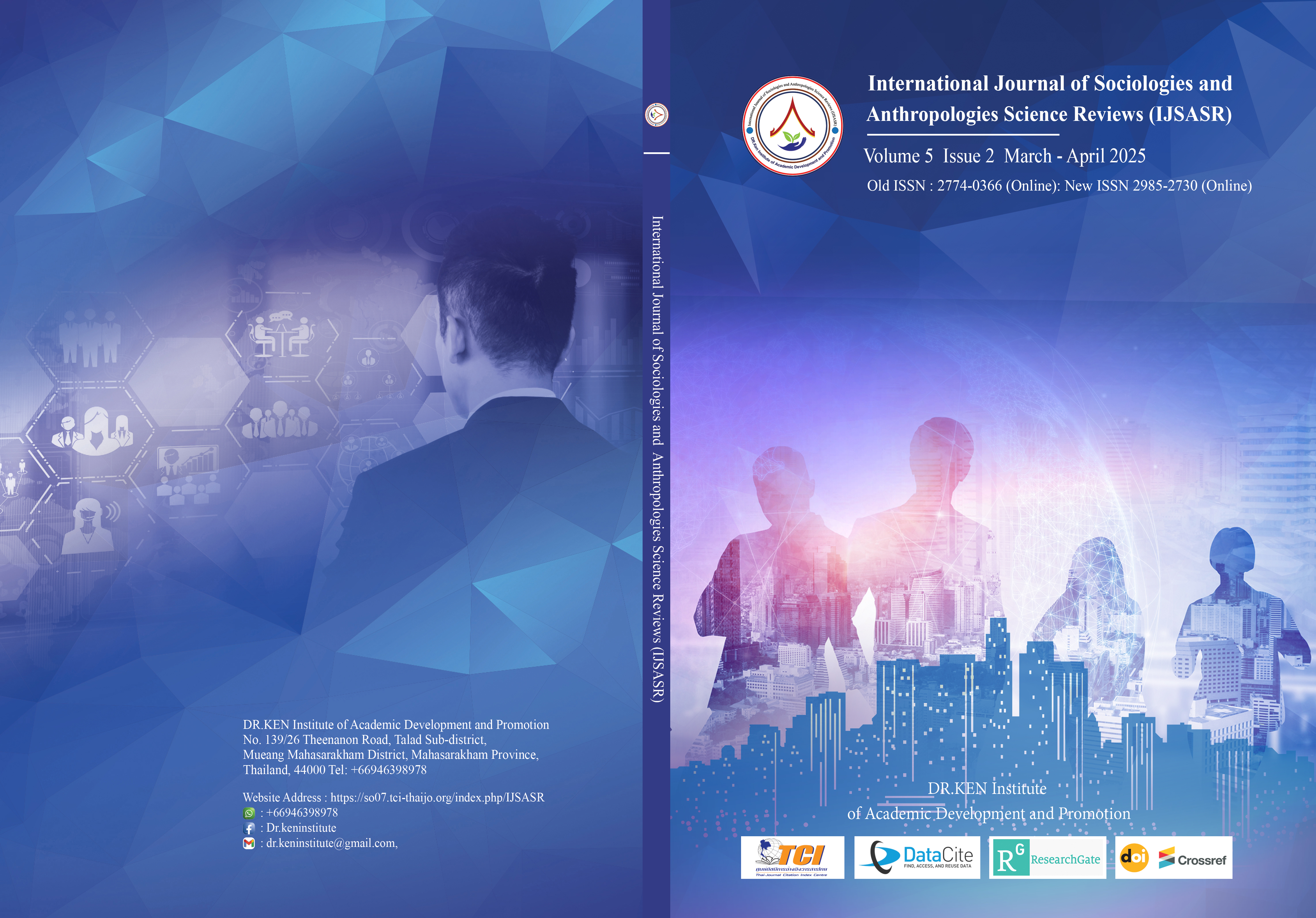Development of Specific Training Programs to Improve Breaststroke Performance for Sport University Students
Main Article Content
Abstract
Background and Aims: Specific training programs are critical for improving breaststroke performance because they target muscle strength, flexibility, and stroke-specific technique, thereby increasing efficiency and speed in the water. Tailored drills also help to improve the timing and coordination required for optimal propulsion and smooth movement. The purpose of this study was 1) To develop a specific training program to improve breaststroke performance for sports university students. 2) To experiment with a specific training program to improve breaststroke performance for sports university students. 3) To study the effect of specific training programs to improve breaststroke performance for sports university students.
Methodology: This study was designed with a two-group experimental design. Students from the School of Physical Education of Minnan Normal University in Zhangzhou City, Fujian Province were randomly selected and divided into two groups: the experimental group and the control group. Before receiving 8 weeks of specific training, they were tested and scored for breaststroke movements and 50-meter breaststroke, and the assessment was repeated after the 4th week and the final test after 8 weeks of training. The data were analyzed using a statistical software package for mean, standard deviation, and t-test, one-way ANOVA repeated measures, and Bonferroni post hoc analysis. The statistical significance threshold was 0.05.
Results: The results showed that: 1) There were significant differences between the experimental group and the control group in the mean comparison of breaststroke movements (leg movements, hand movements, breathing timing, and whole body coordination) and 50-meter breaststroke results (*P<0.05). 2) There were significant differences in the pairwise comparisons of the variables in the pre-test, the test after the 4th week, and the final test after 8 weeks within the experimental group (*P<0.05).
Conclusion: The data show that specific training programs significantly improve breaststroke performance, with noticeable improvements in leg and hand movements, breathing timing, body coordination, and 50-meter results. Furthermore, continuous improvements were observed in the experimental group over 8 weeks, demonstrating the efficacy of structured training.
Article Details

This work is licensed under a Creative Commons Attribution-NonCommercial-NoDerivatives 4.0 International License.
Copyright on any article in the International Journal of Sociologies and Anthropologies Science Reviews is retained by the author(s) under the under the Creative Commons Attribution-NonCommercial-NoDerivatives 4.0 International License. Permission to use text, content, images, etc. of publication. Any user to read, download, copy, distribute, print, search, or link to the full texts of articles, crawl them for indexing, pass them as data to software, or use them for any other lawful purpose. But do not use it for commercial use or with the intent to benefit any business.

References
Deng, Y. (2020). Experimental study on the effect of the "PJF performance training program" on improving the jumping ability of basketball specialization students at Chengdu Sport University. Master's thesis, Chengdu Sport University.
Liu, B. Xia, X., & Huang, X. (2022). Research on the application of modern technology in breaststroke technique teaching. Stationery and sports supplies and technology, 4, 180-182.
Liu, R. & Jinag, Q. (2020). Analysis of teenagers' learning of breaststroke movements. Youth sports, 2, 90-91.
Liu, T. (2021). Investigation and research on the teaching status of summer children's swimming training classes in Nantong City. Stationery and sports supplies and technology, 20, 57-59.
Liu, Y. (2024). Exploration of physical training methods for vocational college track and field Students. Contemporary sports technology, 14(1), 1-3.
Lu, A. (2021). Analysis of breaststroke technical training in Guangxi Sports School. Sports boutique, 40(8), 93-94.
Song, Y. W., Wang, Z., Hu, X. Y., & et al. (2022). Comparative study on the teaching effects of three swimming teaching methods. Sports Science, 43(04), 133-134+143.
Wu, X. (2023). The mouth formula and the basic movement essentials of the breaststroke movement. Retrieved from http://people.com.cn
Wu, Y. (2012). A preliminary study on targeted technical and physical training for swimmers. Hubei Sports Technology, 31(3), 364-368.
Xu, M. (2020). Application of periodized physical training plans in curling: A case study of the national curling training team with cross-disciplinary and cross-event athletes. Master's thesis, Wuhan Sports University.
Zhang, Y. L. (2015). Investigation of the current situation of breaststroke teaching in ordinary universities of Hunan Province. Contemporary Sports Science and Technology, 29, 116-117.
Zhang, Z. (2010). Application of hierarchical teaching method in breaststroke course in general colleges and universities. Journal of Wuhan University of Technology, 32(19), 186-188.
Zheng, X. P. (2017). A rapid method for teaching breaststroke in three days. Neijiang Science and Technology, 38(12), 132.






